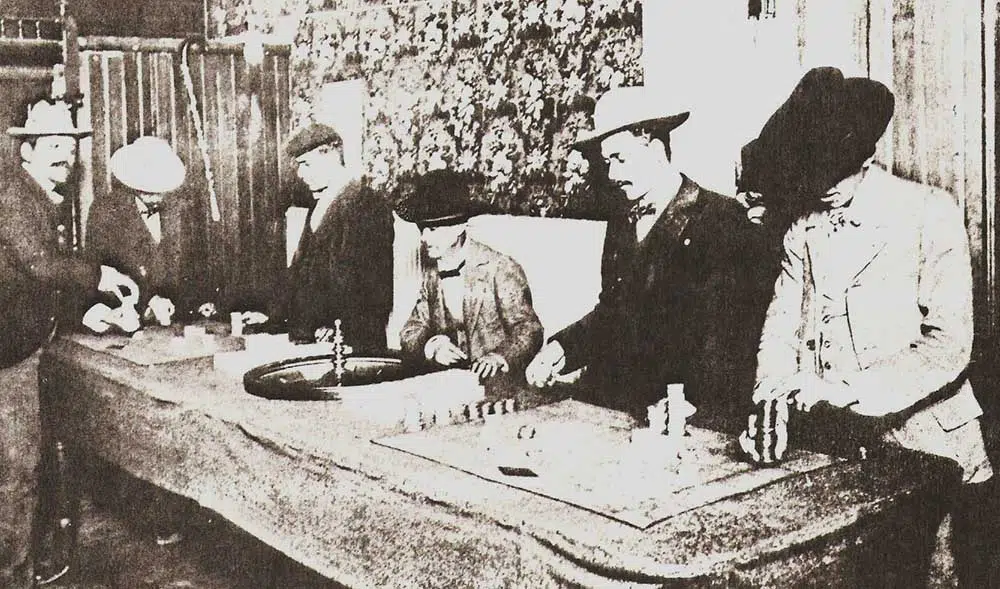Why Do the Numbers on a Roulette Wheel Add Up To 666?
Featured in Ripley's Believe It or Not!

The Devil’s Game: Roulette
Perhaps one day, while gambling away your children’s inheritance in some nameless casino someone told you that Roulette was invented by Blaise Pascal, a French mathematician and Catholic theologian who lived in the 16th century. Maybe you heard he devised the wheel while trying to create a perpetual motion machine. That part of history may be all well and good, but there’s perhaps a darker side of Roulette’s beginnings that’s not talked about much in “proper” circles. A history that doesn’t begin anywhere near Paris or the 16th century, for that matter. A history that might involve (cue dramatic music)…the Devil?!?!





